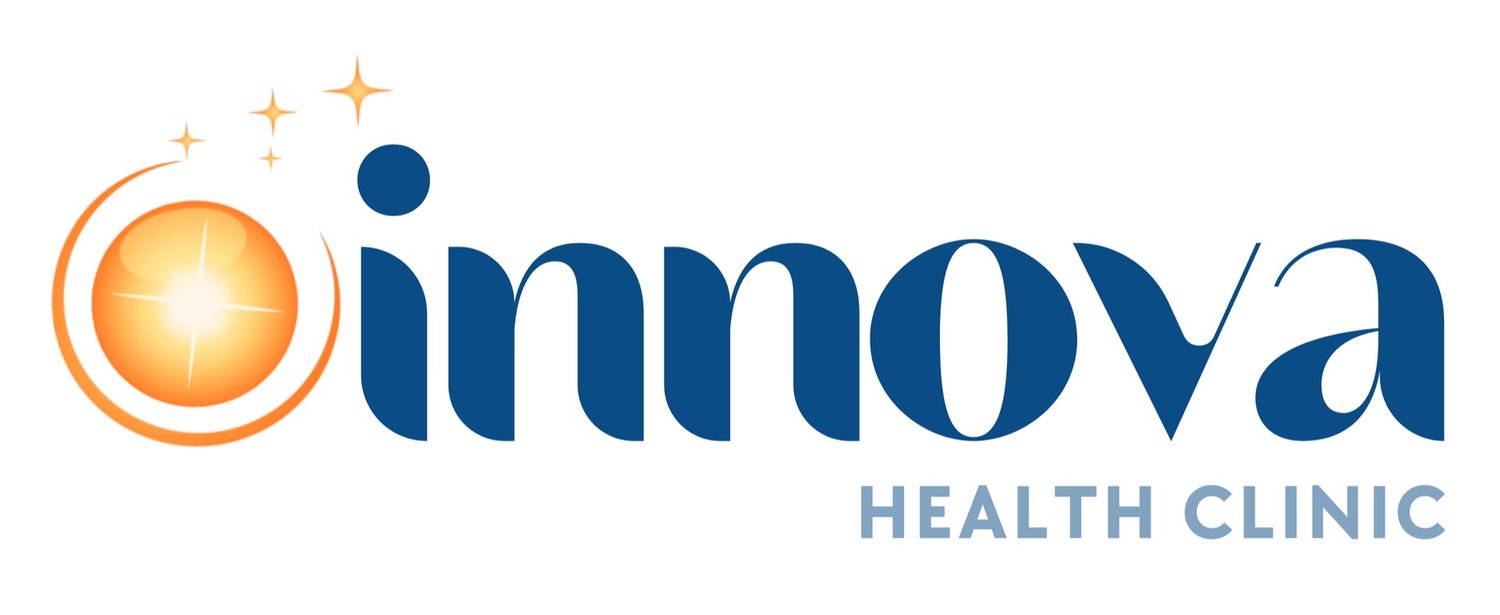“If you look at a dancer in silence, his or her body will be the music. If you turn the music on, that body will become an extension of what you’re hearing.”
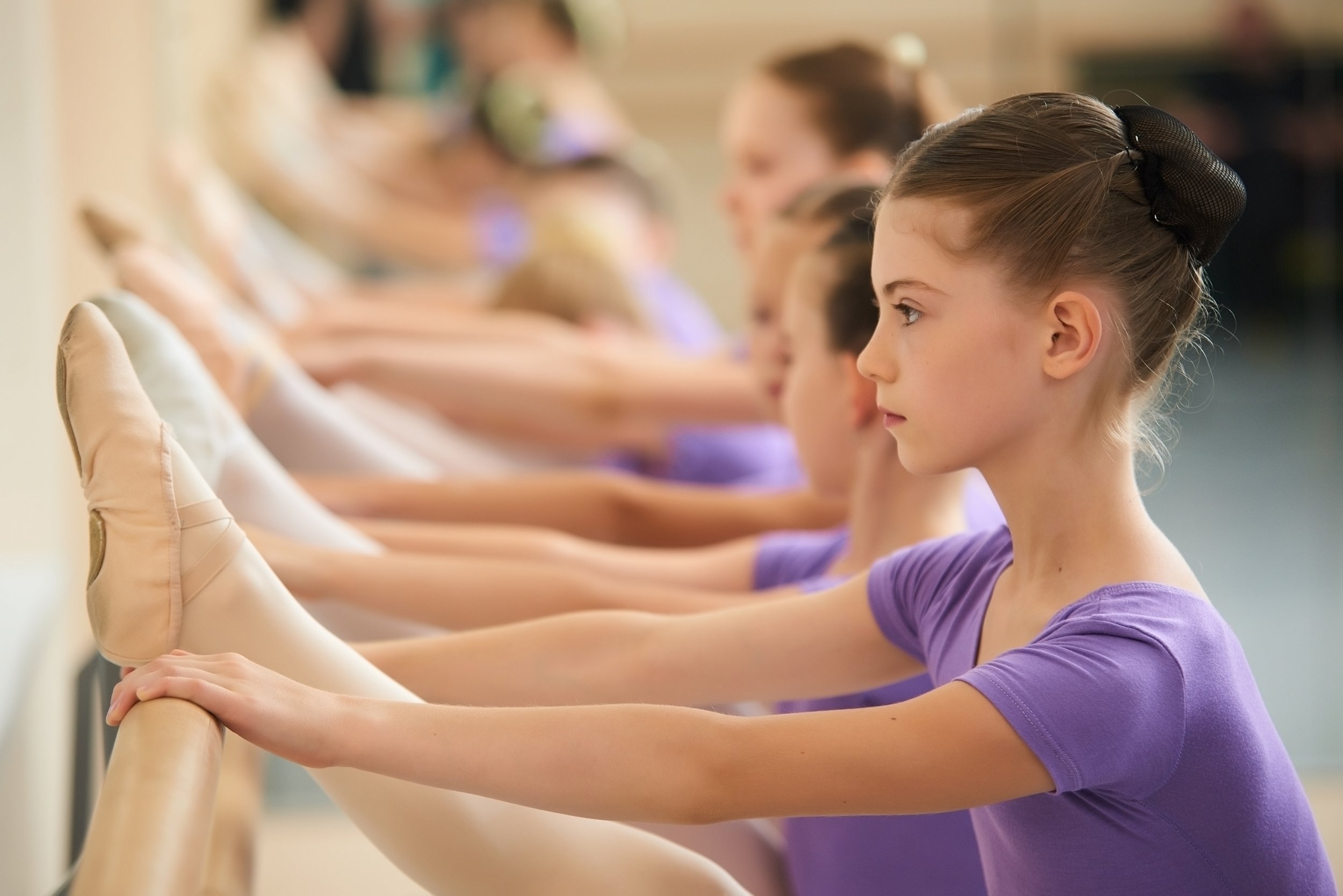
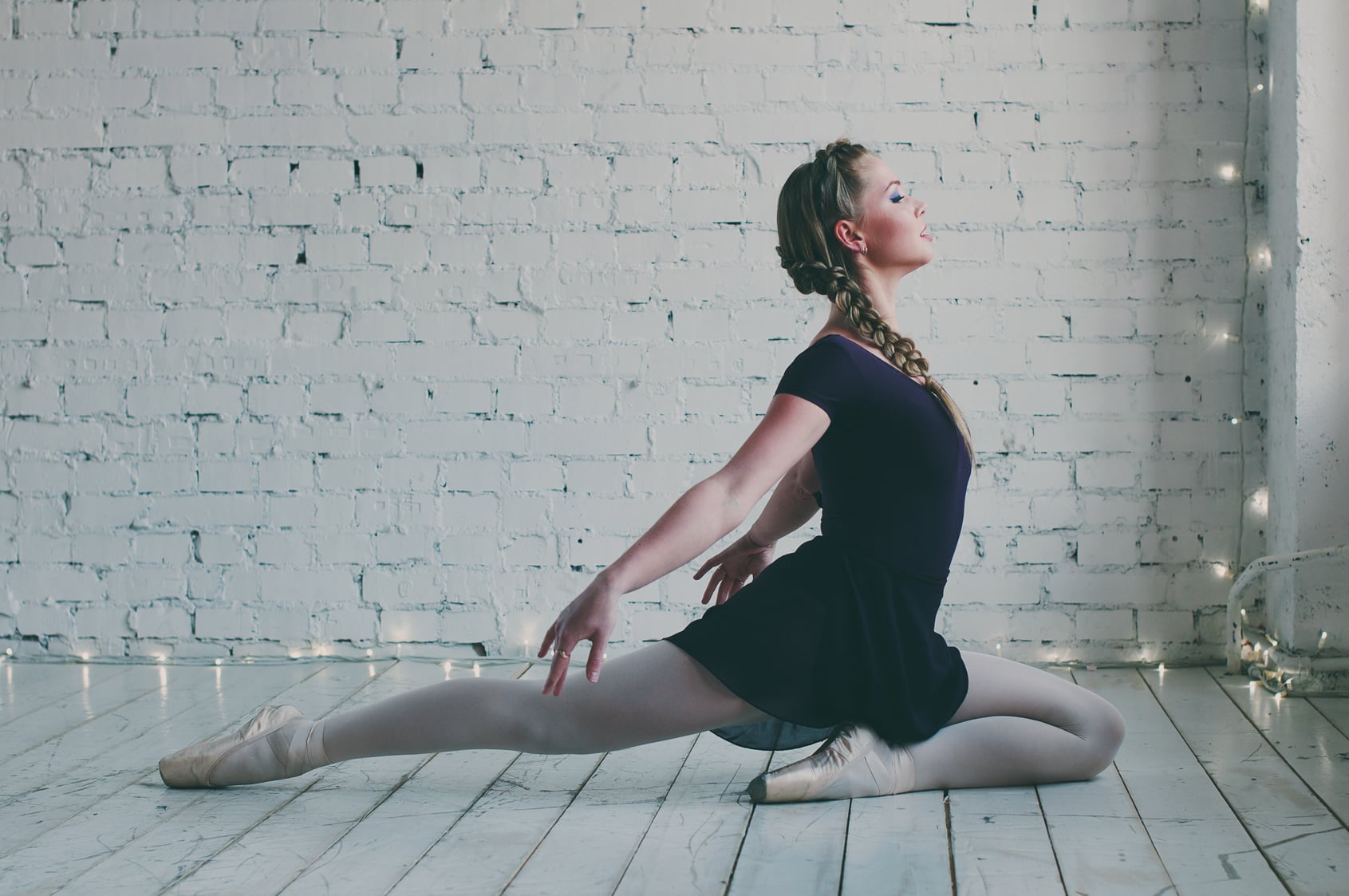
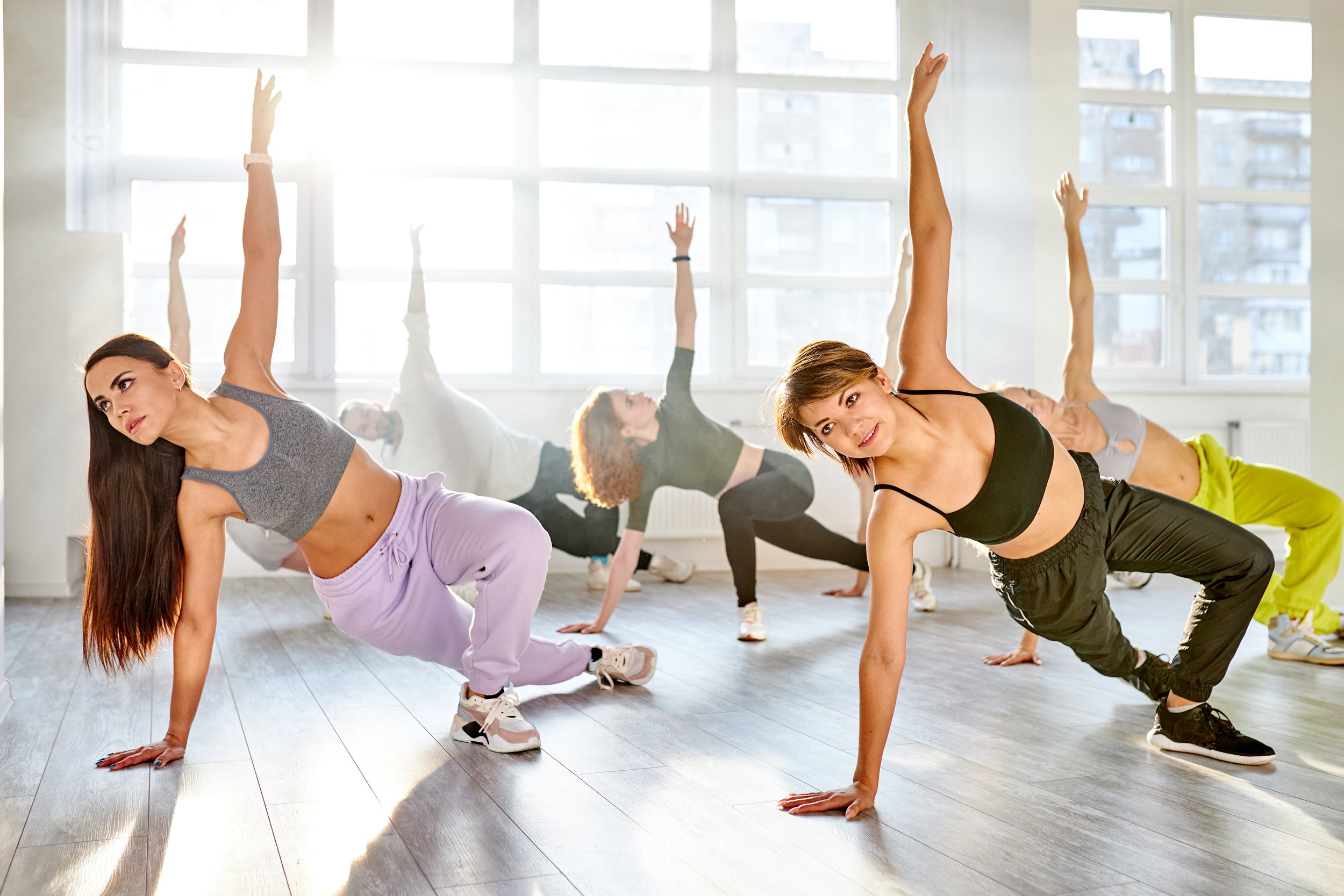
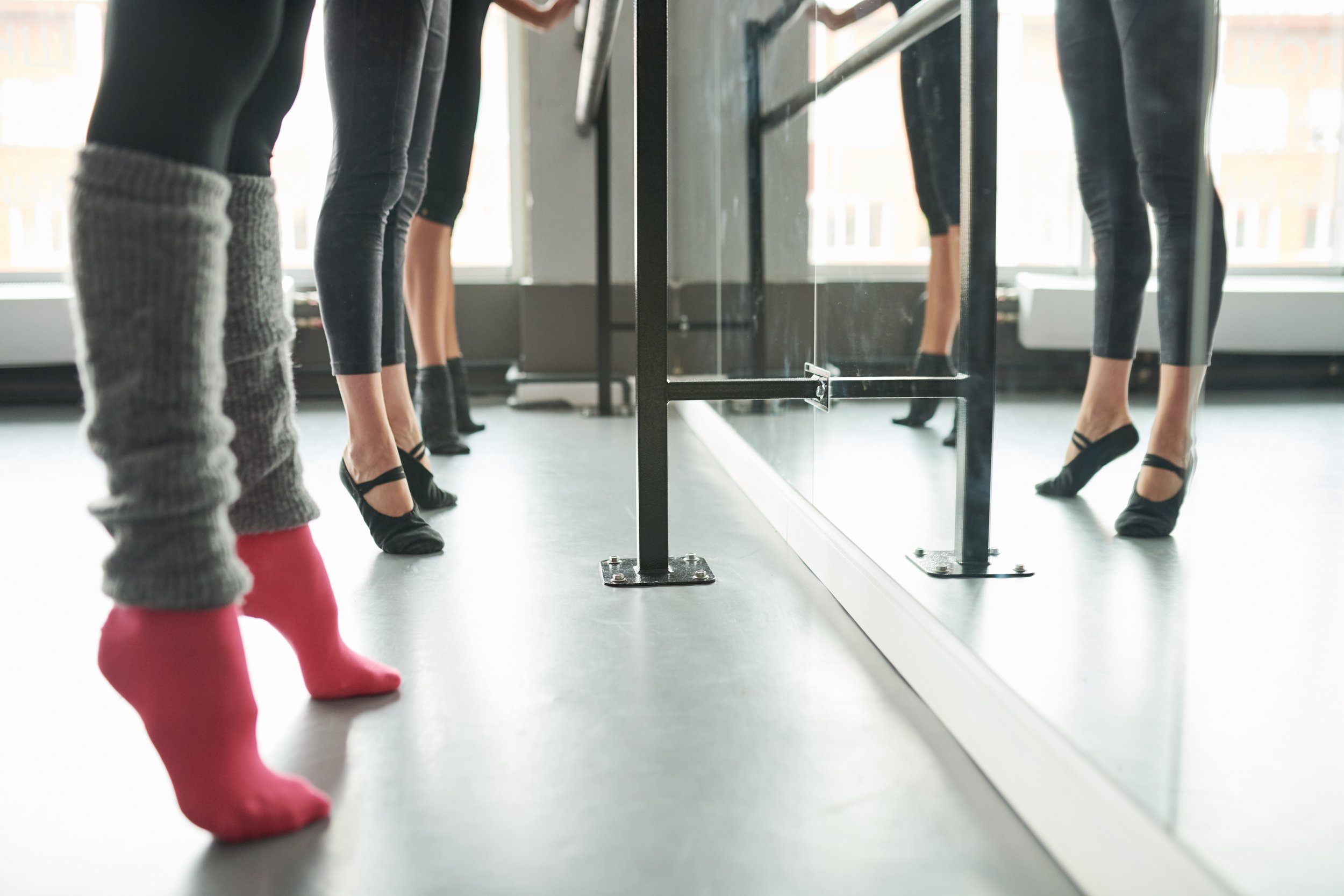

The young athlete has unique and specific training and rehabilitation needs. Rehabilitation plans should be based on the following considerations: age, gender, growth stage, psychological development, physiologic strengths and weaknesses, specific sport requirements and experience. Many instructors, parents, and athletes recognize this idea when working with the young dancer but few have access to health care professionals with knowledge, experience and expertise in the rehabilitation of the young dancer. At IHC, we have experienced therapists who are either dancers themselves or have many years of experience working with young athletes. They understand the complexity of paediatric, adolescent and youth development. They also understand the demands on families, the intensity of training and the increasing levels of competition.
The KEYS to a long and successful athletic life are to have the best possible recovery from injury and most importantly, to avoid re-injury. Long term success in athletics is derived from four main goals.
To encourage healthy activity for both active and inactive youth
To teach life skills
To develop a long term enjoyment of an active lifestyle
To give athletes tools that will help them perform at their best
How are young athletes different?
Growth Rate - Young athletes are typically growing. The growth rate prior to puberty is relatively steady at about 6cm per year. Once an athlete reaches puberty, growth occurs in spurts and lasts around 2 years. These spurts in growth are usually rapid and unpredictable during this period of development and they can make recovery from injury more difficult.
Bone Development - Bones develop from a cartilage growth plate called epiphyseal plates at each end of the bone shaft in the long bones. These growth plates divide the calcified head (epiphysis) of the bone and the calcified shaft (diaphysis). The bone lengthens as cartilage is calcified into bone. At the same time, cartilage continues to grow on the epiphyseal border so the epiphyseal plates retain constant width throughout. Growth ends when the plate eventually calcifies. Fracture, over-training, and/or injury to the epiphyseal plates that occurs prior to full growth and development can impact normal growth of the long bones. Our therapy protocols do not interfere with growing bones and cartilage.
Muscles - Muscle mass increases steadily in young athletes until puberty. Rapid growth of the long bones can cause "growing pains" as muscles work to adjust to increases in length.After puberty, male athletes show faster and more prolific muscle growth.
Weight Changes - Changes in weight and body composition occur in both males and females. Adolescent females develop a greater proportion of body fat than males, with redistribution of the fat toward the upper and lower portions of the body, leading to a curvier appearance. While males also have an increase in the growth of body fat, their muscle growth is faster.
Potential Growth Related Injuries
Females - The change in female body shape during the growth spurt has its particular injury risks. The hips widen, placing the femur (long thigh bone) at a greater inward angle. During running or walking, this increased femur angle can lead to greater inward rotation at the knee and foot. This rotation can result in problems with the lower leg, especially the knees and hips. This orientation also means that can have muscle imbalance that could lead to problems for the young female athlete, as the body tries to compensate.
Males - The rapid growth of the long bones and the associated changes to muscle mass can contribute to injury in males. Also associated with the increase in muscle mass is a relative decrease in flexibility. Many of the more common injuries in growing males can be attributed to an imbalance between strength and flexibility.
While these issues are common for both females and males, each athlete presents differently, even for similar injuries because no two injuries are the same. For this reason, treatment plans and goals, for the young athlete, are individualized, specific and detailed.
Why families choose us...
Safe Recovery and Injury Prevention
Our objective is to, first and foremost, facilitate a young athlete's quick and safe return to the enjoyment of the chosen activity
In addition to rapid and efficient evaluation and treatment of athlete-related injuries, we provide ongoing education to facilitate re-integration into athletics and help prevent re-injury
A Multi-disciplinary Rehabilitation Team
At the heart of our rehabilitation services is a diverse team of professionals including Laura Kappel, Osteopathic Manual Practitioner and Sharmila Kulkarni, Physiotherapist, who are experienced at addressing not only a wide range of injury and rehabilitation issues, but also the health and well-being of the whole child.
Additional Resources
We can work closely with trusted and experienced Instructors, Coaches, and Psychotherapists.
We are happy to facilitate a referral and/or communicate with Physicians to ensure that the return to athletics is appropriate and safe
The Dance Health Alliance of Canada has a number of resources for dancers, families and instructors
